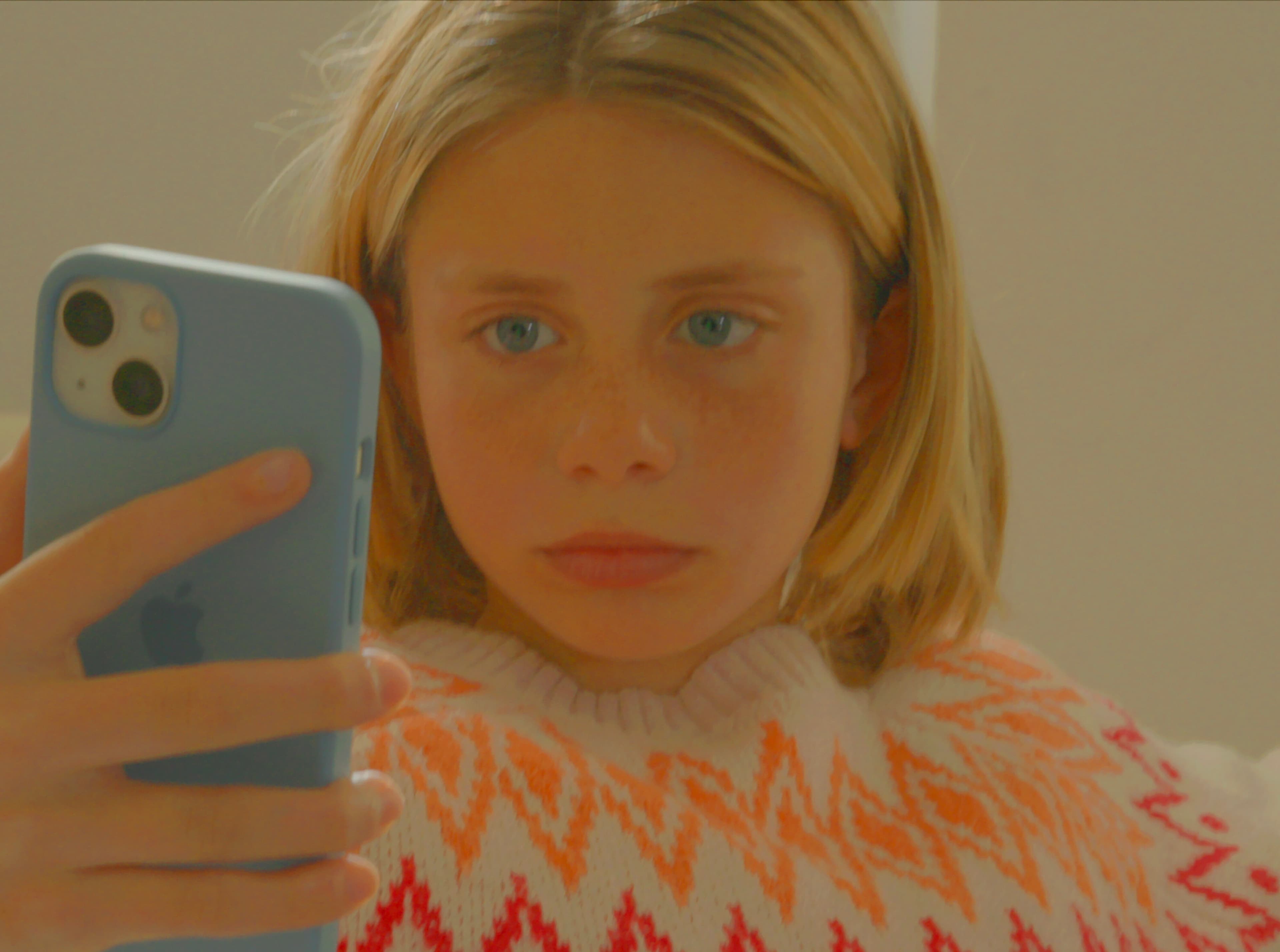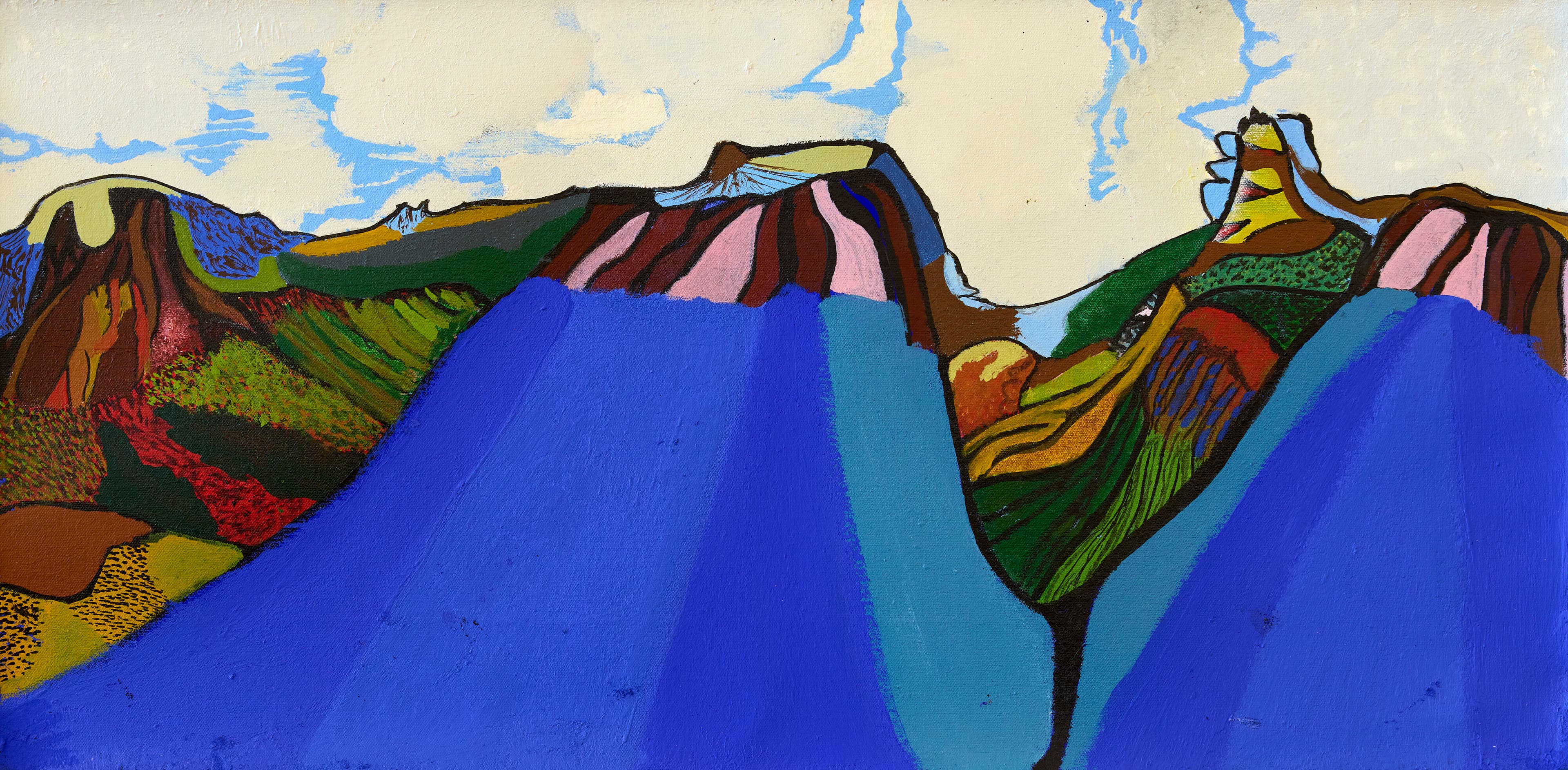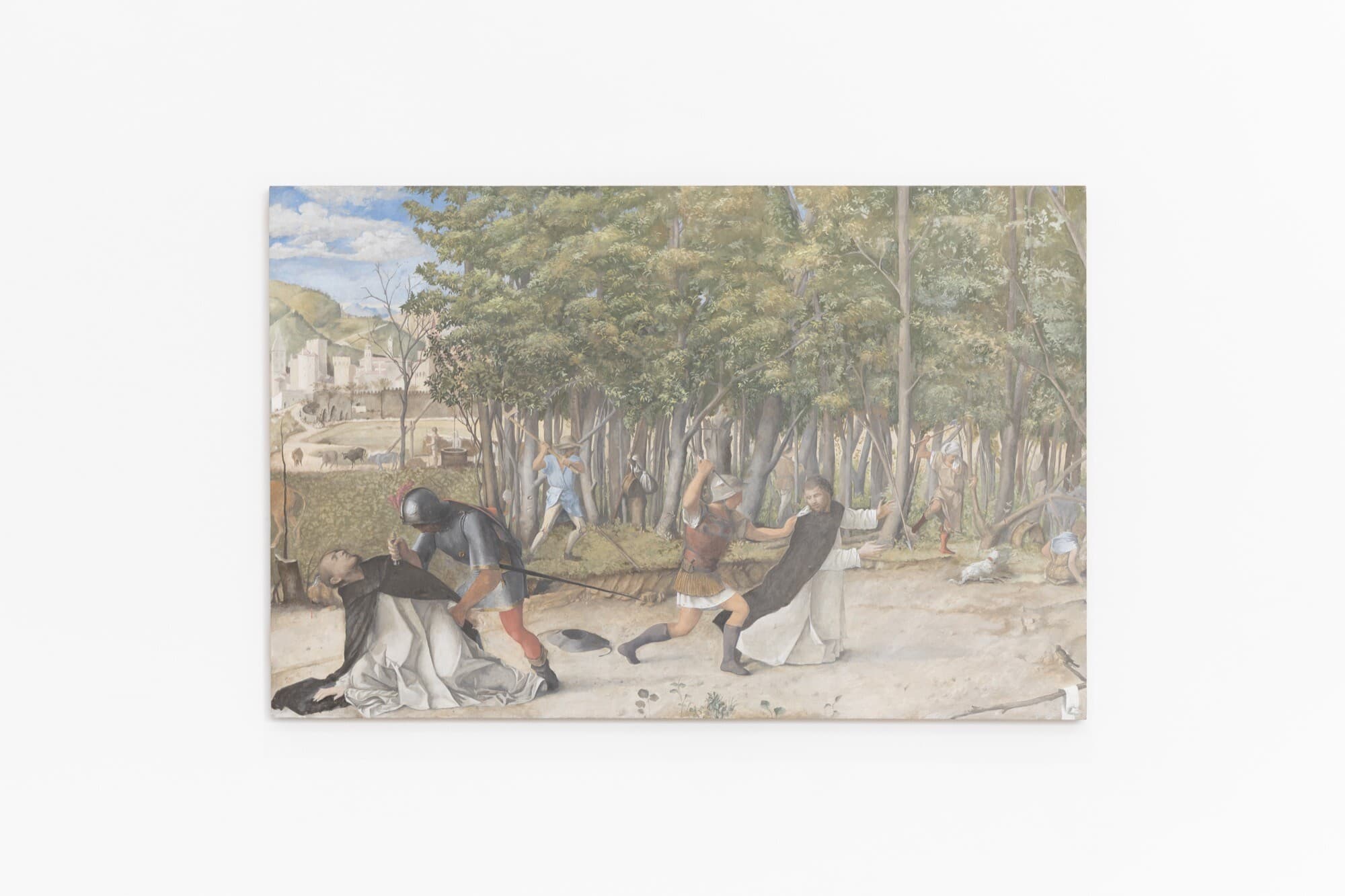Maurizio Cattelan, Comedian (2019)
Rex Butler
It’s a photograph of people taking a photo of a banana. And underneath, it shows the number of people who have liked the photo.
Why are people taking a photo? To prove they’ve seen the banana. We might even say that they did not see the banana, or at least have no proof that they saw the banana, until they took a photo of it. But then, of course, in another way, it is not they who are actually seeing the banana, but the camera in their phone. The banana has slipped away, underfoot as it were, and all there is is the photo. The banana has become just a photograph.
And then there are the likes down the bottom. In a way, it doesn’t matter what is liked or why it is liked. It’s just that it is liked. The likes take the place of the thing itself. And that’s the way it is with everything nowadays. Let’s not be snobbish. Click onto a “serious” academic article, even in a “serious” refereed journal, and you’ll find on the page before you’ve even started reading the number of people who have read it—well, opened the page containing the article—before you. And you know that, whatever you actually think of the article, your opening the page will contribute to that number and make it seem more important than another with a lower number. (And, let’s face it, you probably only opened the page in the first place because of the number of people who have already done so.) Even the number of times an article is cited—the kind of thing universities look at when they assess the “impact” of research—does not take into account whether the citation is positive or negative, properly understanding or not. It’s only the number. And universities certainly don’t anymore have the time or desire to evaluate seriously the “quality” of their research. No one has the ability or authority to do that anymore, and any criteria they would bring to bear upon the exercise would only be endlessly disputed.
It’s all in the numbers, and increasingly—numerically—so. Numbers are the measure of all things. And it’s all very well for academics to be snooty about galleries rating themselves by numbers—like the guy clicking his counter as you walk into the NGV or the Gallery’s Instagram page of Maurizio Cattelan’s Comedian—but their own enterprise is also entirely, or at least increasingly, “populist” in exactly the same way.
There were lots of good things at the NGV’s Triennial—I stood silently in front of Hoda Afshar’s The Fold, I laughed out loud at Franziska Furter’s Liquid Skies and I thought Derek Fordjour’s Dual Acquisition a wonderful sculpture—but, really, no matter how I explained them, they’d only end up as “likes.” Equally, I hated Richard Lewer’s McCahon-lite Confessions and thought Ezz Monem’s Mohamed Mohamed Mohamed a tepid reworking of Tracey Moffatt and Gary Hillberg’s Other, but these would only come down to not dislikes but only not “likes.”
The big artwork of the last ten years in Australian art is that first wall of the NGA’s Know My Name show in 2020, which put together portraits of women by women no matter what the style, period, status or talent of the artist. It was all about the numbers, just how many women artists could be seen on the walls at once. It turned the canonising institution of the NGA into a Google search engine, as though you could keep on scrolling down that wall to find more portraits of women by women. It also shows you the brilliance of Jennifer Higgie’s Instagram project where she absolutely “horizontalises” artistic status and reputation in an expanding grey tessellated tile that is the new image of art history.
Back to Cattelan’s Comedian. There’s the usual blather from the Gallery in the didactic on the wall: “Taking freely from the real world of people and objects, his works offer irreverent commentary on art and institutions. His playful and provocative use of materials, objects, and gestures set in gallery contexts forces conversation and engagement.” But none of this is even slightly true. The work adds nothing to what’s already been said a million times before. And maybe that’s the point. It’s not any more a work of art, but just a banana on a wall for people to take pictures of themselves with. That’s probably why people try to eat it from time to time.
Not everything inside an art gallery is a work of art. Sometimes it’s just a photo opportunity. Now there’s a thought.
An earlier version of this was published in ArtNow NZ.


